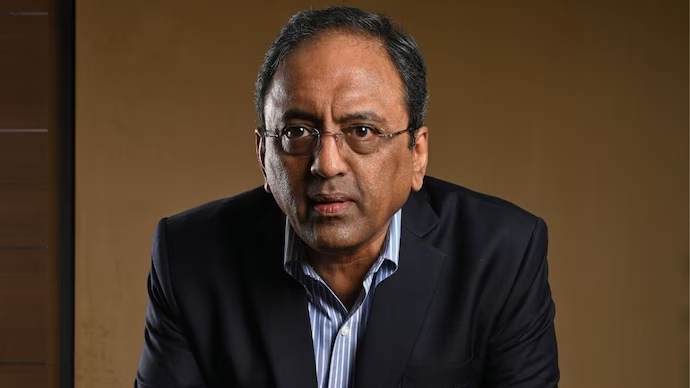India’s job market is experiencing a significant labour shortage, with industries struggling to fill vacancies despite robust economic growth. According to SN Subramanyan, CEO of Larsen & Toubro (L&T), one of India’s leading infrastructure and engineering firms, the comfort provided by various welfare schemes has contributed to this trend, as many workers are choosing not to engage in traditional employment opportunities.
The Growing Labour Shortage in India
The shortage of skilled and semi-skilled workers is becoming a major hurdle for economic growth. Industries such as construction, manufacturing, and real estate are witnessing project delays and rising costs due to an insufficient workforce. Many employers are struggling to find workers, even as they increase wages and offer additional incentives.
Subramanyan pointed out that government welfare programs, while essential for social security, may have unintended consequences. “Welfare schemes have improved the living conditions for many, but they have also reduced workforce participation,” he noted. This phenomenon is particularly evident in labour-intensive sectors where the workforce has traditionally played a critical role in driving productivity.
Impact of Welfare Schemes on Workforce Participation
Government welfare initiatives, such as direct cash transfers, subsidized food programs, and rural employment guarantees, have provided much-needed relief to millions. However, these programs have also led to reduced urgency for individuals to seek stable employment, particularly in lower-income groups. Some experts argue that these schemes create a safety net that makes employment in physically demanding sectors less attractive.
While these welfare measures are crucial in alleviating poverty, a fine balance must be struck to ensure they do not discourage workforce participation. “A holistic approach is needed, where social security and workforce engagement go hand in hand,” said Subramanyan.
Sectors Affected by Labour Shortages
Industries that rely on a large workforce are the most affected by the labour shortage. Some of these include:
1. Construction and Infrastructure
The construction sector, which employs millions of workers, has been severely impacted. Many companies are facing delays in projects due to a lack of skilled labour. Rising material costs, coupled with the shortage of workers, are further exacerbating the situation.
2. Manufacturing and Industrial Production
Factories across India are reporting difficulty in finding workers for production lines. The manufacturing sector, a significant contributor to the Indian economy, is struggling to meet demand due to the scarcity of skilled labourers.
3. Agriculture and Allied Industries
The agricultural sector, which has traditionally relied on seasonal labour, is also experiencing a shift. Many workers are opting for government-supported rural employment programs instead of engaging in farming activities, leading to disruptions in agricultural productivity.
Potential Solutions to Address Labour Shortages
To counter the ongoing labour shortage, experts suggest implementing a mix of policy changes and industry-driven solutions:
1. Skill Development and Training Programs
Upskilling the workforce is one of the most effective ways to bridge the labour gap. Government and private enterprises must invest in vocational training and certification programs to create a skilled workforce capable of meeting industry demands.
2. Incentivizing Workforce Participation
Employers can introduce additional benefits such as better working conditions, healthcare, and insurance coverage to attract more workers. Competitive wages, performance-based incentives, and job security measures can help retain employees.
3. Reviewing Welfare Policies
While social security programs are vital, policymakers should ensure they encourage employment rather than deter it. A targeted approach, where benefits are tied to skill development and employment readiness, could help strike the right balance.
The Road Ahead
India’s economic growth depends significantly on a steady and skilled workforce. Addressing labour shortages requires a multi-faceted approach that balances welfare support with workforce participation. As policymakers and industry leaders work towards solutions, a focus on sustainable employment policies will be crucial in shaping India’s future economic trajectory.
SN Subramanyan’s insights shed light on a pressing issue that industries across India are facing. While welfare schemes are indispensable for social security, they should not act as a deterrent to employment. By investing in skill development, optimizing welfare programs, and enhancing job opportunities, India can ensure long-term economic stability while supporting its workforce.
By – Jyothi
ALSO READ – Grand Pushp Varsha Welcomes Devotees at Triveni Sangam




